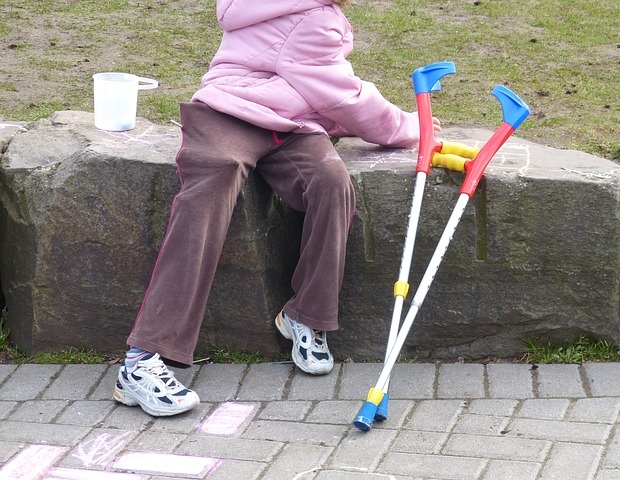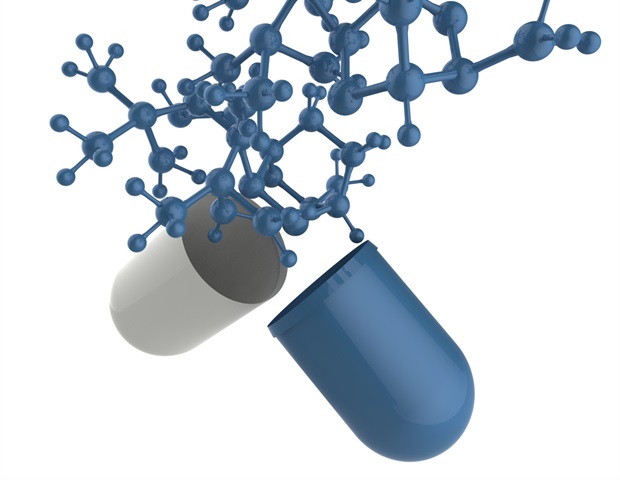
Improving diagnosis in health care is a moral, professional and public health imperative, according to the U.S. National Academy of Medicine. However, little is known about the full scope of harms related to medical misdiagnosis — current estimates range widely. Using novel methods, a team from the Johns Hopkins Armstrong Institute Center for Diagnostic Excellence and partners from the Risk Management Foundation of the Harvard Medical Institutions sought to derive what is believed to be the first rigorous national estimate of permanent disability and death from diagnostic error.
The original research article was published July 17 by BMJ Quality & Safety. Results of the new analysis of national data found that across all clinical settings, including hospital and clinic-based care, an estimated 795,000 Americans die or are permanently disabled by diagnostic error each year, confirming the pressing nature of the public health problem.
Prior work has generally focused on errors occurring in a specific clinical setting, such as primary care, the emergency department or hospital-based care. These studies could not address the total serious harms across multiple care settings, the previous estimates of which varied widely from 40,000 to 4 million per year. The methods used in our study are notable because they leverage disease-specific error and harm rates to estimate an overall total.”
David Newman-Toker, M.D., Ph.D., lead investigator and director of the Center for Diagnostic Excellence
To identify their findings, researchers multiplied national measures of disease incidence by the disease-specific proportion of patients with that illness who experience errors or harms. Researchers repeated this method for the 15 diseases causing the most harms, then extrapolated to the grand total across all dangerous diseases. To assess the accuracy of the final estimates, the study’s authors ran the analyses under different sets of assumptions to measure the impact of methodological choices and then tested the validity of findings by comparing them with independent data sources and expert review. The resulting national estimate of 371,000 deaths and 424,000 permanent disabilities reflects serious harms widely across care settings, and it matches data produced from multiple prior studies that focused on diagnostic errors in ambulatory clinics and emergency departments and during inpatient care.
Vascular events, infections and cancers, dubbed the Big Three, account for 75% of the serious harms. The study found that 15 diseases account for 50.7% of the total serious harms. Five conditions causing the most frequent serious harms account for 38.7% of total serious harms: stroke, sepsis, pneumonia, venous thromboembolism and lung cancer. The overall average error rate across diseases was estimated at 11.1%, but the rate ranges widely from 1.5% for heart attack to 62% for spinal abscess. The top cause of serious harm from misdiagnosis was stroke, which was found to be missed in 17.5% of cases.
The researchers suggest that diseases accounting for the greatest number of serious misdiagnosis-related harms and with high diagnostic error rates should become top priority targets for developing, implementing and scaling systematic solutions.
“A disease-focused approach to diagnostic error prevention and mitigation has the potential to significantly reduce these harms,” Newman-Toker says. “Reducing diagnostic errors by 50% for stroke, sepsis, pneumonia, pulmonary embolism and lung cancer could cut permanent disabilities and deaths by 150,000 per year.”
Newman-Toker adds that disease-based solutions have already been developed and deployed at Johns Hopkins to address missed stroke, the top identified cause of serious harms. These solutions include virtual patient simulators to improve front-line clinician skills in stroke diagnosis, portable eye movement recordings via video goggles and mobile phones to enable specialists to remotely assist front-line clinicians in diagnosing stroke, computer-based algorithms to automate aspects of the diagnostic process to facilitate scaling, and diagnostic excellence dashboards to measure performance and provide feedback on quality improvement.
“Funding for these efforts remains a barrier,” Newman-Toker says. “Diagnostic errors are, by a wide margin, the most under resourced public health crisis we face, yet research funding only recently reached the $20 million per year mark. If we are to achieve diagnostic excellence and the goal of zero preventable harm from diagnostic error, we must continue to invest in efforts to achieve success.”
Other members of the multidisciplinary research team involved in the report are Najlla Nassery, Adam Schaffer, Chihwen Winnie Yu-Moe, Gwendolyn Clemens, Zheyu Wang, Yuxin Zhu, Ali Saber Tehrani, Mehdi Fanai, Ahmed Hassoon and Dana Siegal.
These studies were funded by the Society to Improve Diagnosis in Medicine, the Agency for Healthcare Research and Quality (EPC VI [TOPIC ID 503-4262], R01 HS 27614, R18 HS 029350) and the Armstrong Institute Center for Diagnostic Excellence at the Johns Hopkins Medicine.
COI: David Newman-Toker has a career focus in and conducts research related to diagnostic errors, including those in patients with dizziness and stroke. The principal investigator for multiple grants and contracts on these topics, Newman-Toker is a former volunteer president and member of the board of directors of the Society to Improve Diagnosis in Medicine. Two companies have loaned research equipment (video-oculography systems) to Johns Hopkins for use in Newman-Toker’s research, and one of these companies has also provided funding for Newman-Toker’s research on diagnostic algorithm development related to dizziness, inner ear diseases and stroke. Newman-Toker has no other financial interest in these or any other companies. Newman-Toker is an inventor on a provisional patent (US PCT/US2020/070304) for smartphone-based stroke diagnosis in patients with dizziness. He delivers frequent academic lectures on these topics and occasionally serves as a medical-legal consultant for both plaintiff and defense in cases related to dizziness, stroke and diagnostic error. Dana Siegal is also a former volunteer member of the board of directors of the Society to Improve Diagnosis in Medicine. There are no other conflicts of interest. None of the authors have financial or personal relationships with other people or organizations that could inappropriately influence (bias) their work.
Source:
Journal reference:
Newman-Toker, D. E., et al. (2023). Burden of serious harms from diagnostic error in the USA. BMJ Quality & Safety. doi.org/10.1136/bmjqs-2021-014130.
















